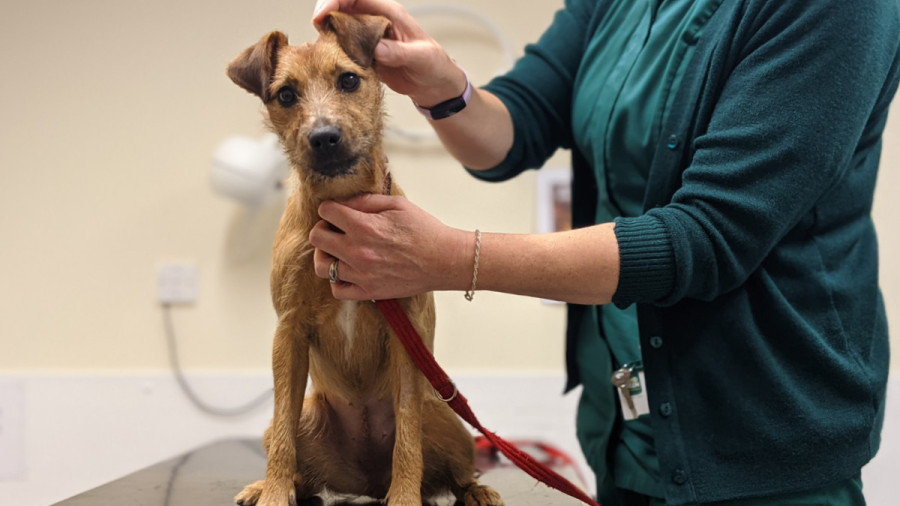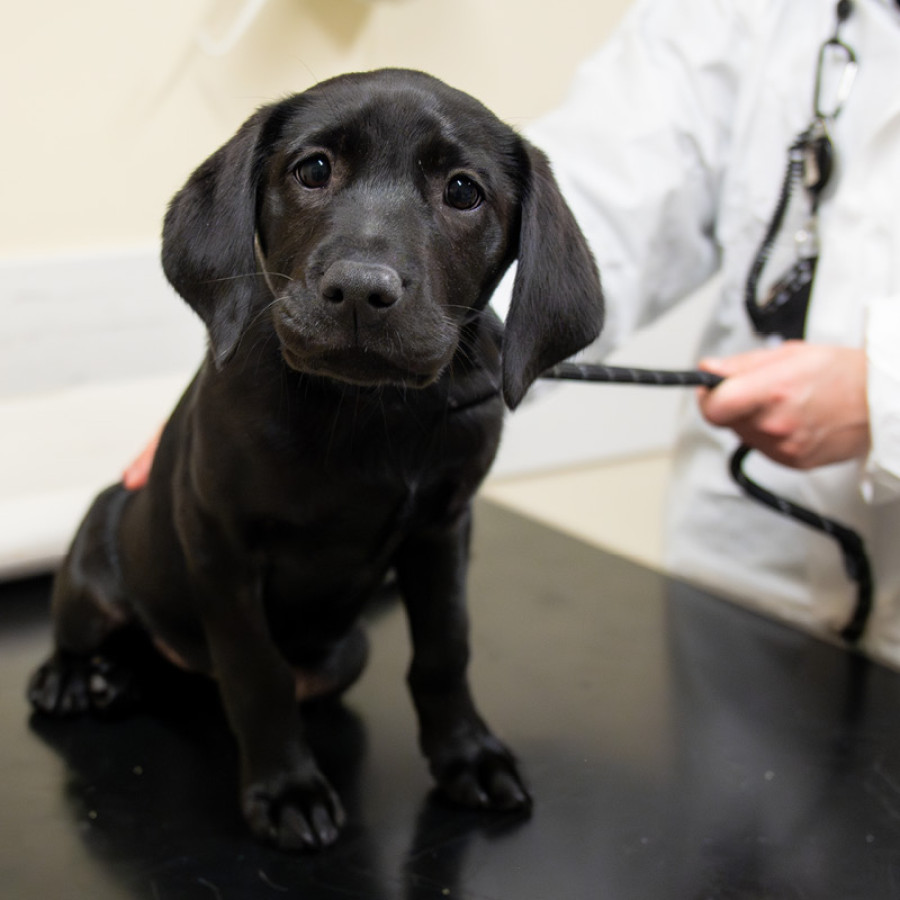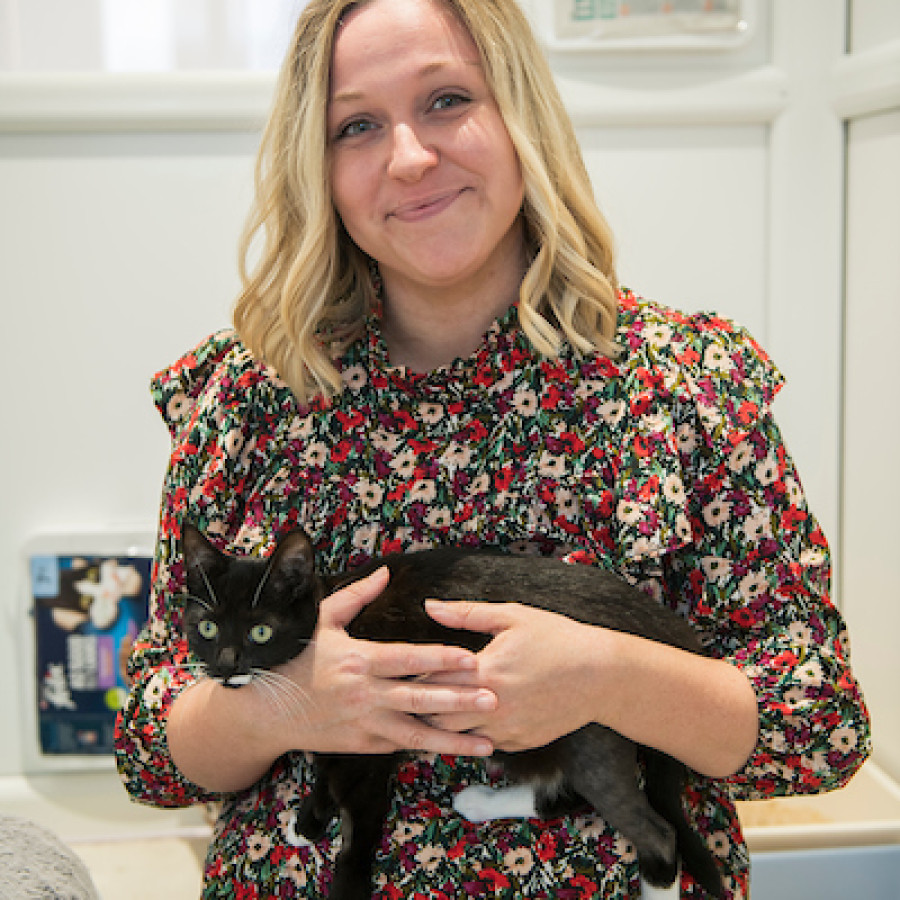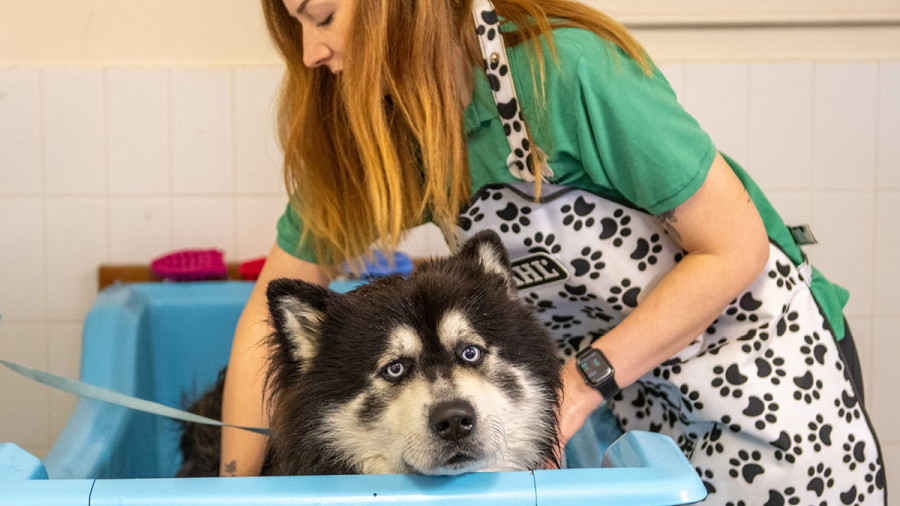What our expert says
Emily Norton
Veterinary Department Manager
Dogs come into contact with many places, other pets and people that could give them fleas. So, it’s very easy for your four-legged friend to catch them!
We recommend using suitable flea prevention (spot on/tablet/collar). This can be bought from your vet or local pet supply shop. It will significantly reduce the chances of your dog catching fleas. The key is focusing on prevention to ever avoid the need for treatment.
Signs of fleas in your dog can include:
- Scratching frequently, or even nibbling at themselves
- Losing fur particularly around the base of their tail (where the tail joins their back)
- Seeming quite unsettled, whining and showing signs of general irritation
- Sore, red and inflamed skin. This is often a side effect of having fleas as the skin becomes irritated and itchy
Spotting fleas or evidence of fleas (flea dirt) is the best way to confirm your dog has them. Start by gently parting their fur, or use a fine brush, in multiple areas. This should include the base of their tail, along their back and behind their ears. Even their face if they have longer fur. If you see small black dots, some reddish staining or moving black insects, it’s time to reach for the flea treatment.
Once you find fleas, it’s important that your dog and other pets in the home receive species and weight specific treatment. They should also continue with preventative parasite treatment. Most veterinary practises and pet supply stores offer plans for these. Your home, and car if you have one, should also be treated with a targeted spray. This will remove any fleas in the environment and prevent future reinfection.
If your dog has developed red, inflamed and itchy skin, seek veterinary support. They’re likely to need flea treatment to soothe their irritated skin and prevent an infection. In this situation, it's best to carry on using veterinary prescribed flea prevention treatment. These products contain ingredients that continue to support the skin.






